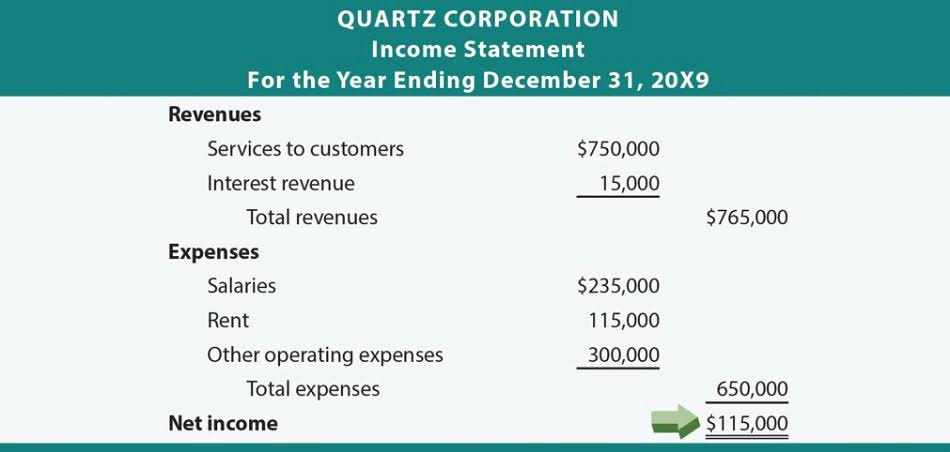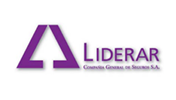A loss on the sale or exchange of property between related persons is not deductible. This applies to both direct and indirect transactions, but not to distributions of property from a corporation in a complete liquidation. For the list of related persons, see Related persons next. Nor is this property a capital asset if your basis in it is determined by reference to the person who created it or the person for whom it was prepared.

Real property and depreciable property used in your trade or business or for the production of income (including section 197 intangibles, defined later under Dispositions of Intangible Property) are not capital assets. The sale or disposition of business property is discussed in chapter 3. You must classify your gains and losses as either ordinary or capital, and your capital gains or losses as either short term or long term. The qualified capital gain is any gain recognized on the sale or exchange of a DC Zone asset that is a capital asset or property used in a trade or business. You can elect to roll over a capital gain from the sale of qualified small business stock held longer than 6 months into other qualified small business stock.
Section 1231 Property: Definition, Examples, and Tax Treatment
Depreciable property is property you buy to help you make money, such as with your business. The Internal Revenue Code (IRC) allows you to deduct from your taxable income the expense of purchasing this kind of business-related asset. An estimate of how long an item of property can be expected to be usable in trade or business or to produce depreciable assets income. Property that is or has been subject to an allowance for depreciation or amortization. A capitalized amount is not deductible as a current expense and must be included in the basis of property. Usually, a percentage showing how much an item of property, such as an automobile, is used for business and investment purposes.
- The applicable percentage for additional depreciation is 8%, or 100% minus 1% for each full month the property was held over 100 full months.
- For any other disposition of section 1245 property, ordinary income is the lesser of (1), earlier, or the amount by which its fair market value is more than its adjusted basis.
- For example, for 3-year property depreciated using the 200% declining balance method, divide 2.00 (200%) by 3 to get 0.6667, or a 66.67% declining balance rate.
- Fair market value is the price at which the property would change hands between a buyer and a seller when both have reasonable knowledge of all the necessary facts and neither is being forced to buy or sell.
- You multiply the reduced adjusted basis ($173) by the result (66.67%).
Exchanges of partnership interests do not qualify as nontaxable exchanges of like-kind property. This applies regardless of whether they are general or limited partnership interests or are interests in the same partnership or different partnerships. However, under certain circumstances, the exchange may be treated as a tax-free contribution of property to a partnership. For more information on related persons, see Nondeductible Loss under Sales and Exchanges Between Related Persons in chapter 2. The facts are the same as in the previous example, except the property you received had an FMV of $14,000 and was subject to a $4,000 mortgage that you assumed.
Sum-of-years-digits method
Under the special rule, if you elected to use a mass asset account, you recognize gain to the extent of the proceeds from the disposition of the asset. You leave the unadjusted basis of the https://www.bookstime.com/ property in the account until recovered in future years. If you did this, include the total proceeds realized from the disposition in income on the tax return for the year of disposition.
If you elected to use an alternate recovery percentage, you have to use the same recovery percentage for all property in that class that you placed in service in that tax year. Low-income housing that was assigned a 15-year recovery period under ACRS includes the following types of property. This publication describes the kinds of property that can be depreciated and the methods used to figure depreciation on property placed in service before 1987. It is divided into three chapters and contains an appendix. Using amortization, you can recover your cost or basis in certain property proportionately over a specific number of years or months.


















































